Top 4 Things to Know Before Buying an Indoor Herb Planter
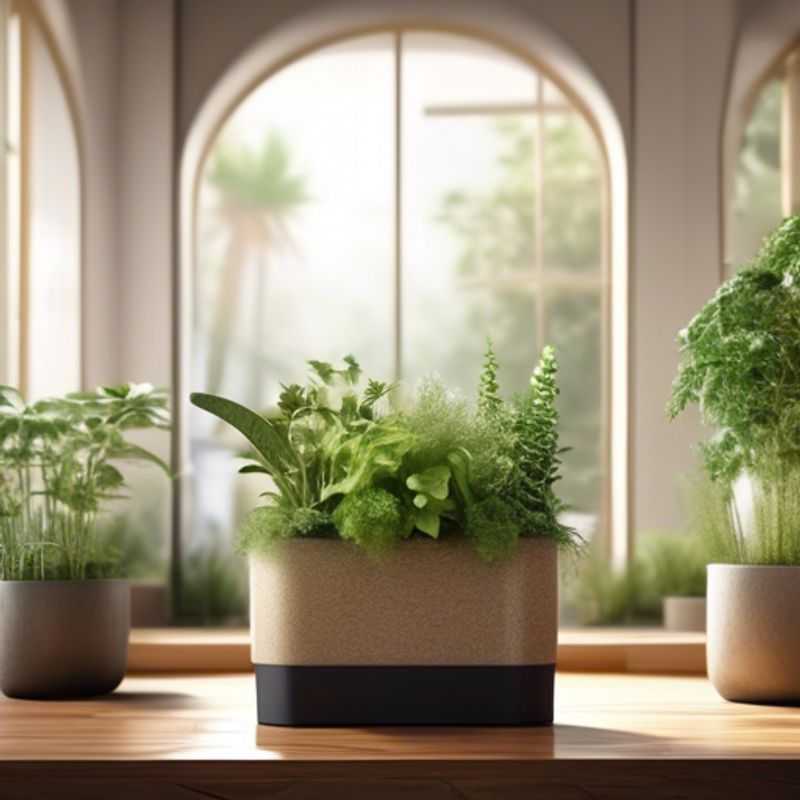
The Four Pillars of Indoor Herb Planter Success: Size, Drainage, Material, and Light
Ah, the world of indoor herb gardens! A delightful fusion of nature's bounty and modern convenience. But before you dive headfirst into this verdant adventure, let's pause for a moment and consider a few key points.
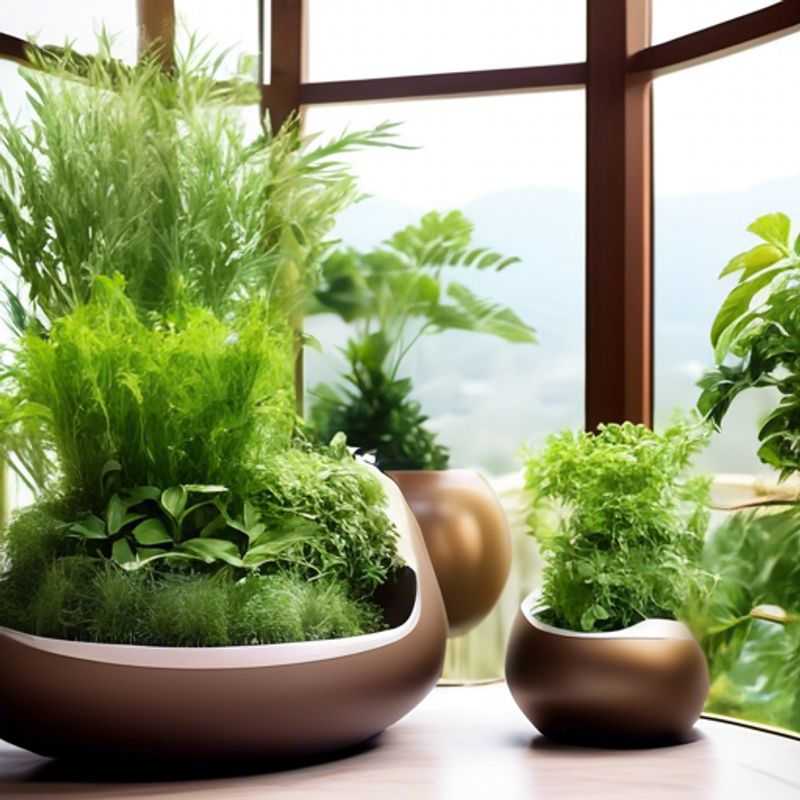
Planter Size: Finding the Perfect Fit for Your Space
Before embarking on your gardening journey, it's crucial to consider the size of the planter. This seemingly simple factor can significantly impact the overall success of your plants. Choosing a planter that fits your available space ensures a harmonious integration of your gardening endeavors into your living environment.
A key consideration is to assess the dimensions of the planter in relation to the size of the plant you intend to cultivate. Ensure the planter provides ample room for root growth and development, allowing your plants to thrive.
Consider the surrounding environment as well. Is the planter destined for a balcony, a patio, or an indoor space? Taking into account the available space will help you choose a planter that complements its surroundings. Remember to factor in the height of the planter, particularly if you are placing it on a raised platform or stand.
By carefully considering the size of the planter, you can ensure that your chosen plants have the space they need to flourish. This thoughtful approach to selecting your planters will contribute to the overall success of your gardening endeavors.
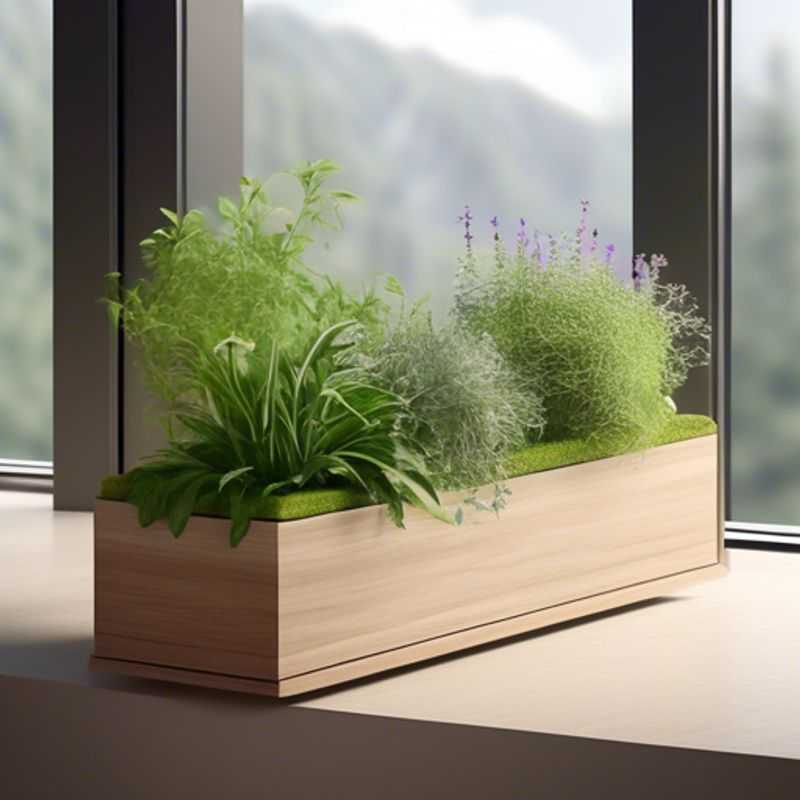
Watering Wisdom: Choosing Planters with Excellent Drainage
Drainage is a crucial factor for plant health and success. Excess water can suffocate roots, leading to root rot and plant death. When selecting planters, prioritize those with adequate drainage. Choose pots with drainage holes at the base to allow excess water to escape. Drainage holes prevent waterlogging and ensure proper aeration for the roots.
Consider the planter material. Terracotta pots are known for their excellent drainage due to their porous nature. However, they can dry out quickly. Plastic pots retain moisture longer but may require more frequent watering. For best results, choose a pot with drainage holes and a material that suits your plant's specific needs.
You can further enhance drainage by adding a layer of gravel or rocks at the bottom of the planter. This creates an air space that facilitates water drainage. Additionally, use a well-draining potting mix that contains components like perlite or vermiculite to improve aeration and drainage.
To monitor drainage and prevent waterlogging, check the soil moisture regularly. If the soil feels overly wet or remains saturated for extended periods, adjust watering practices. Watering frequency should depend on the plant species, its needs, and the surrounding environment.
Remember, good drainage is essential for a thriving plant. By selecting pots with drainage holes, using appropriate materials, and ensuring proper watering practices, you can create a healthy and supportive environment for your plants.
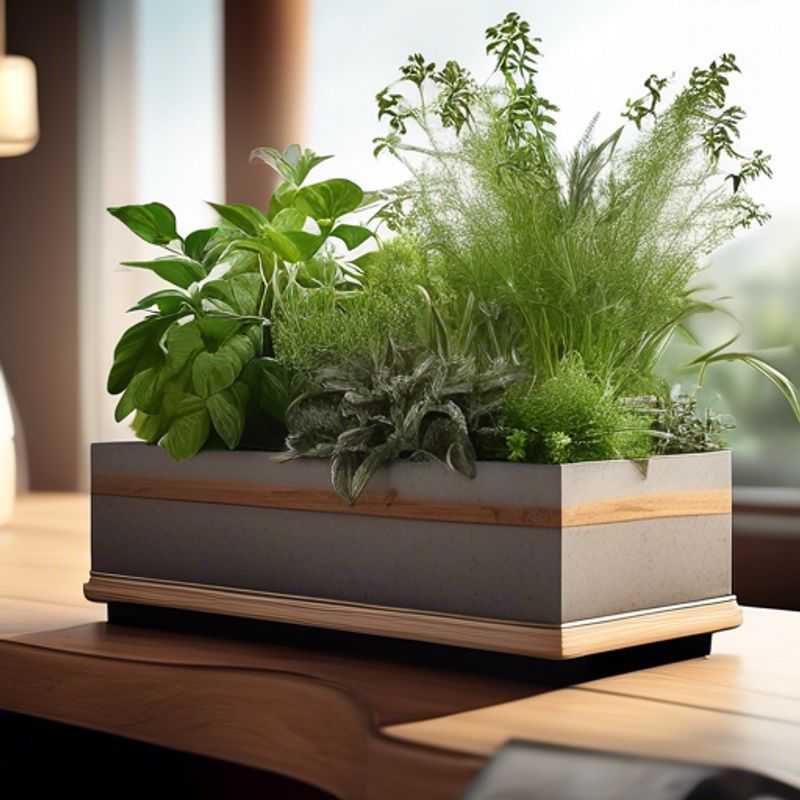
Choosing the Right Planter Material: Style Meets Functionality
Choosing the right planter material is crucial for both aesthetics and plant health. Each material has its own benefits and drawbacks. Here's a quick guide to help you pick the perfect pot for your plants:
Terracotta: This classic material is porous, allowing soil to breathe and preventing overwatering. It's also relatively inexpensive and comes in a variety of styles. However, terracotta can crack in freezing temperatures and requires frequent watering.
Ceramic: Ceramic pots offer a wide range of colors and designs. They're durable and can be glazed to resist water absorption. However, they can be more expensive than terracotta and may need a drainage hole.
Plastic: Plastic pots are lightweight, affordable, and come in many colors and sizes. They're watertight and can be used indoors and outdoors. But plastic doesn't allow soil to breathe as well as other materials.
Metal: Metal planters offer a modern look and are durable. They can be used both indoors and outdoors. However, metal can get very hot in the sun and can rust over time.
Wood: Wooden planters bring a natural touch to your home or garden. They're biodegradable and can be stained or painted for a personalized look. However, wood needs regular maintenance to prevent rot and can be susceptible to pests.
Other Considerations:
Size: Choose a pot that is at least two inches wider than your plant's root ball.
Drainage Holes: Ensure your pot has adequate drainage holes to prevent waterlogging.
Style: Match your planter to your decor and the overall design of your space.
Maintenance: Consider how much time and effort you are willing to invest in maintaining your planter.
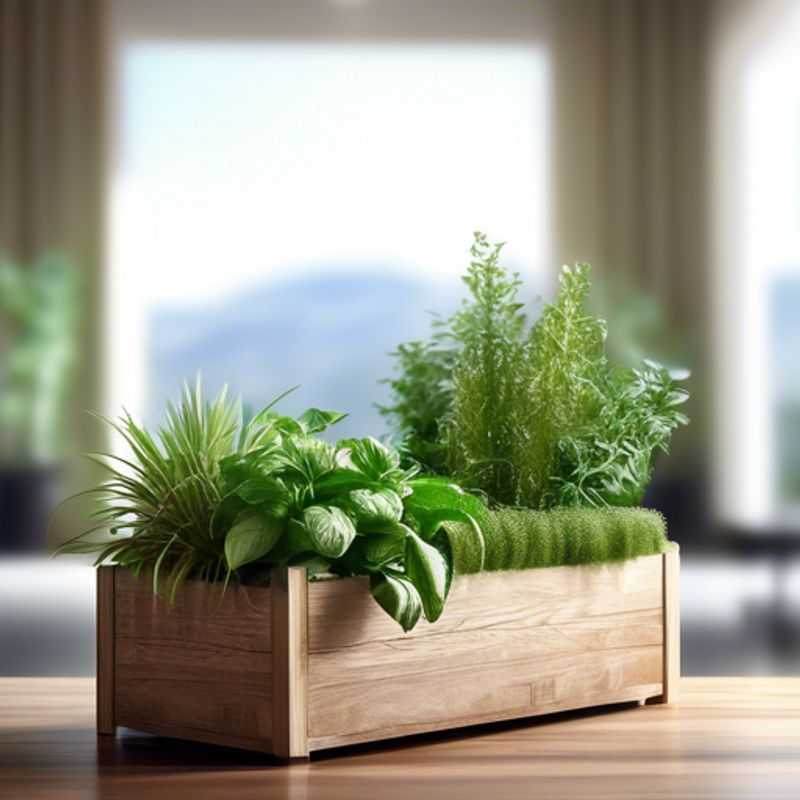
Sunlight Secrets: Understanding Herb Light Requirements for a Thriving Garden
Before you start planting herbs, it's crucial to research their specific light requirements. Understanding how much sunlight each herb needs is essential for their successful growth. Different herbs have different preferences, ranging from full sun to partial shade.
To begin, identify the herbs you wish to grow. Popular choices include basil, oregano, rosemary, mint, and thyme. Once you have your list, research the light requirements for each herb. You can find this information on seed packets, online resources, or gardening books.
Consider your garden's location and the amount of sunlight it receives throughout the day. If your garden is primarily shady, you'll need to choose herbs that tolerate low light conditions. Conversely, if your garden gets plenty of sun, you can select from a wider variety of sun-loving herbs.
Remember, proper sunlight is key to healthy herb growth. By researching and understanding their individual needs, you can create a thriving herb garden that provides you with fresh, flavorful ingredients for your culinary creations.
